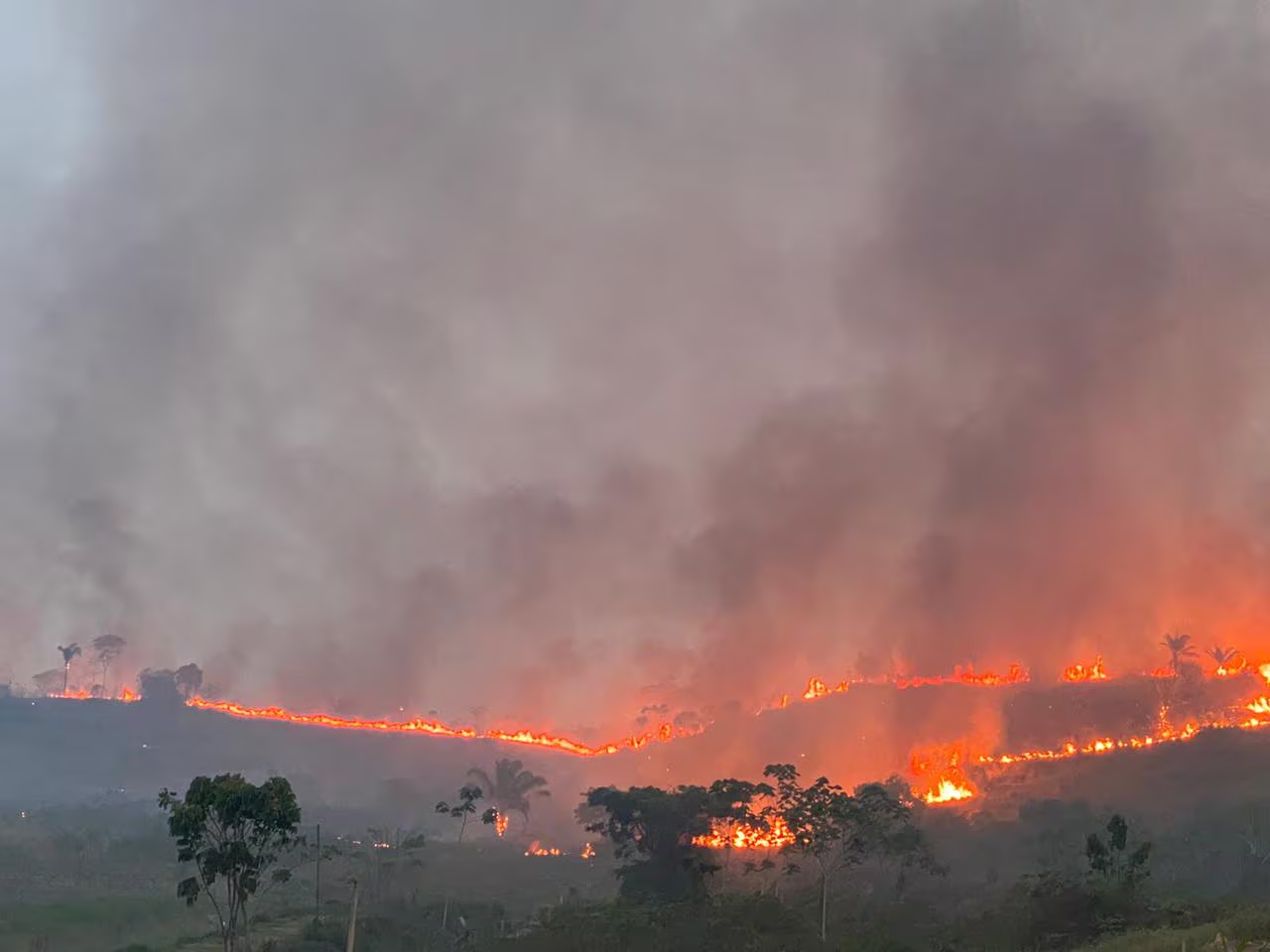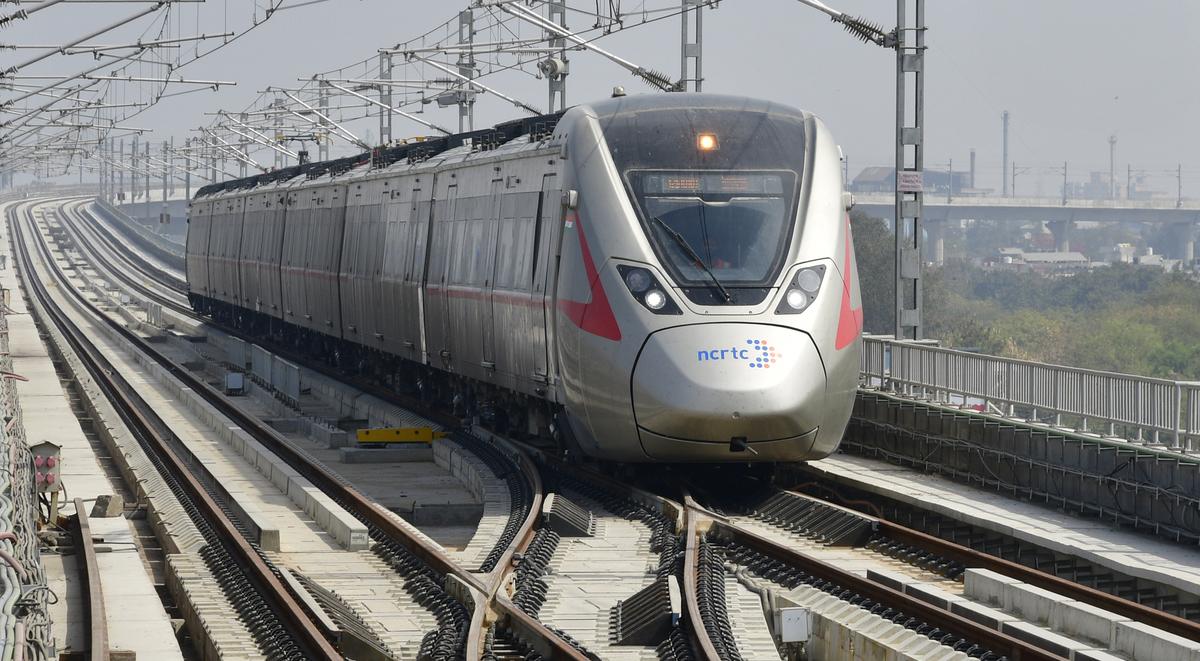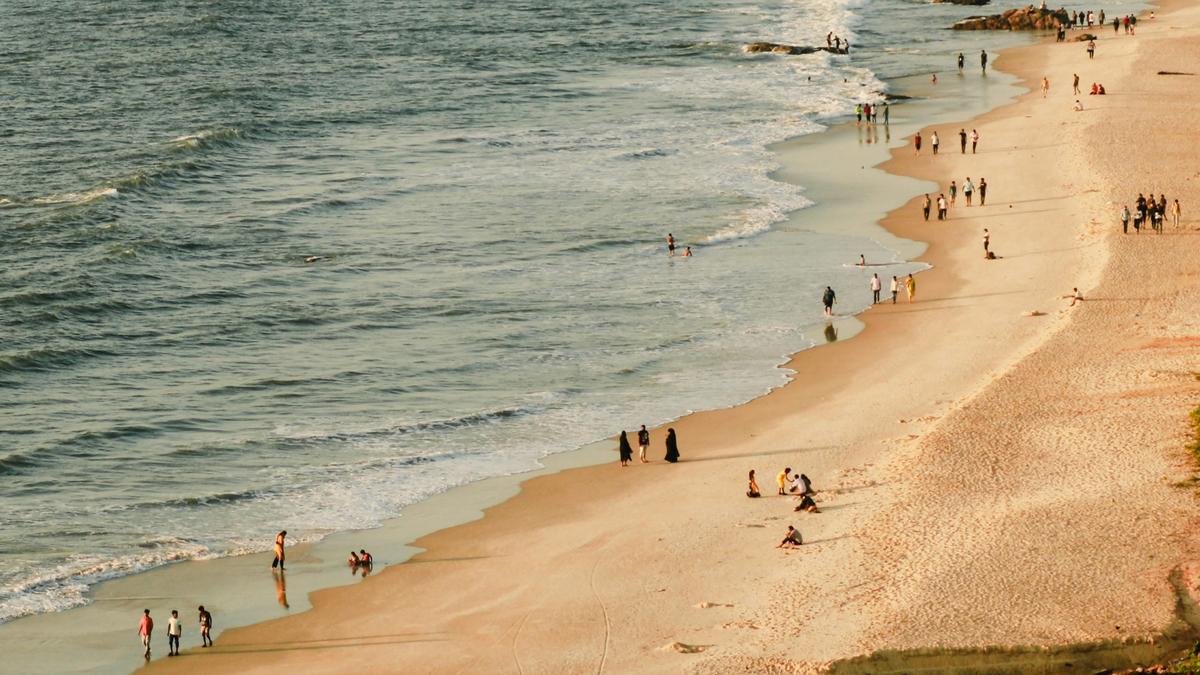- Courses
- GS Full Course 1 Year
- GS Full Course 2 Year
- GS Full Course 3 Year
- GS Full Course Till Selection
- Online Program
- GS Recorded Course
- NCERT (Recorded 500+ Hours)
- Polity Recorded Course
- Geography Recorded Course
- Economy Recorded Course
- AMAC Recorded Course
- Modern India, Post Independence & World History
- Environment Recoded Course
- Governance Recoded Course
- Science & Tech. Recoded Course
- International Relations and Internal Security Recorded Course
- Disaster Management Module Course
- Ethics Recoded Course
- Essay Recoded Course
- Current Affairs Recoded Course
- CSAT
- 5 LAYERED ARJUNA Mentorship
- Public Administration Optional
- ABOUT US
- OUR TOPPERS
- TEST SERIES
- FREE STUDY MATERIAL
- VIDEOS
- CONTACT US
Devastating Fires Ravage Brazil's Pantanal Wetlands
Devastating Fires Ravage Brazil's Pantanal Wetlands
22-06-2024

Key Points:
- The Brazilian Pantanal, the world's largest tropical wetlands, is facing devastating fires that are incinerating snakes, monkeys, and other wildlife.
- The El Nino weather pattern, exacerbated by climate change, has dried up the area's rivers and disrupted its usual seasonal flooding, making the ecosystem vulnerable to fires.
- This year is on track to become the worst year for wildfires in the Pantanal, surpassing the 2020 record when an estimated 17 million vertebrates were killed.
-
The fires are threatening the populations of endangered species such as the jaguar, tapir, and giant anteaters, which are found only in the Pantanal.
About The Pantanal Wetland:
-
Introduction:
- The Pantanal is the largest tropical wetland in the world, covering approximately 185,000 square kilometers (71,000 square miles).
-
Location:
- Situated in the upper Paraguay River basin, the Pantanal straddles the borders of Brazil, Bolivia, and Paraguay, with around 80% of its area in Brazil.
-
Landscape:
-
The Pantanal is a mosaic of grassland swamps, dense low-forested savanna, and seasonal floodplains, fed by rivers, streams, and seasonal floods.
-
- Formation:
- The Pantanal developed within a structural basin formed during the rise of the Andes Mountains.
-
Climate:
- The climate of the Pantanal is tropical, characterized by wet and dry seasons.
- Biodiversity:
- The Pantanal is one of the most biologically diverse environments on Earth, with over 4,700 plant and animal species.
-
Fauna:
- Noteworthy animals include the jaguar, giant otter, giant armadillo, marsh deer, pampas deer, and the hyacinth macaw, the largest parrot in the world.
- The Pantanal also boasts the largest concentration of crocodiles globally, with an estimated population of 10 million caimans.
- Conservation:
- In 2000, a small portion of the Pantanal was designated as a World Heritage Site by the United Nations Educational, Scientific, and Cultural Organization (UNESCO).
-
Land Ownership:
- Approximately 95% of the Pantanal is privately owned, with the majority of the land used for cattle grazing.
Background:
- The Pantanal is a UNESCO World Heritage Site, covering an area more than twice the size of Portugal.
- The region is known for its unique ecosystem, which is home to a diverse range of wildlife, including the world's largest jaguar species.
Causes of the Fires:
- The El Nino weather pattern, which is being supercharged by climate change, has led to a severe drought in the region.
- The drought has dried up the area's rivers and disrupted its usual seasonal flooding, making the ecosystem vulnerable to fires.
Consequences:
- The fires are having a devastating impact on the region's biodiversity, with many animals unable to escape the flames.
- The long-term consequences of the fires will be a reduction in biodiversity and loss of habitat, according to experts.
- The fires are also threatening the livelihoods of local communities that depend on the Pantanal's ecosystem.
Quotes:
- "The fire is on a very large scale, there is no time for them to escape. Sometimes they don't even have anywhere to escape." - Delcio Rodrigues, head of the ClimaInfo Institute
- "Climate change plus the fires, they end up completely changing the environment. In the long term, there's a reduction of biodiversity and loss of habitat." - Delcio Rodrigues
- "Wild animals have nowhere to go." - Delcio Rodrigues
Significance:
- The fires in the Pantanal highlight the devastating impact of climate change on ecosystems and biodiversity.
- The region's unique ecosystem and diverse range of wildlife make it an important area for conservation efforts.
- The fires serve as a warning for the need for urgent action to address climate change and protect vulnerable ecosystems.
Must Check: Best IAS Coaching In Delhi


